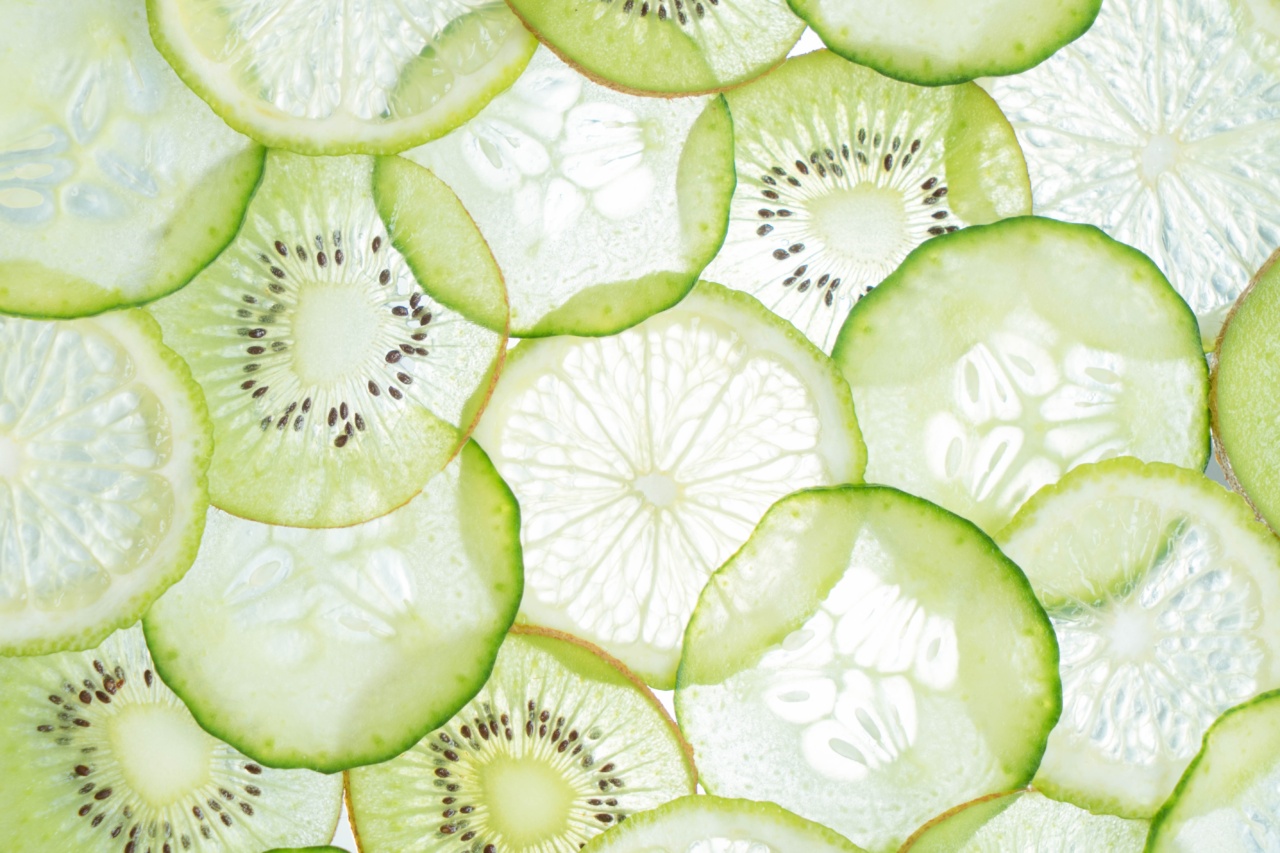As we age, our skeletal health and muscle mass naturally decline, which can lead to various health issues such as osteoporosis and sarcopenia.
However, there is one essential vitamin that plays a crucial role in maintaining optimal skeletal health and muscle mass after the age of 50 – Vitamin D.
Vitamin D and Bone Health
Vitamin D is often referred to as the “sunshine vitamin” because our bodies can produce it when exposed to sunlight. It is not only important for calcium absorption but also for promoting bone mineralization and growth.
Reduced Risk of Osteoporosis
One of the most significant benefits of Vitamin D for skeletal health after 50 is its ability to reduce the risk of osteoporosis.
Osteoporosis is a condition characterized by weak and brittle bones, making individuals more susceptible to fractures and breaks.
Improved Muscle Function
In addition to its effects on bone health, Vitamin D also plays a crucial role in muscle function. Studies have shown that Vitamin D deficiency is associated with muscle weakness, decreased muscle mass, and increased risk of falls among older adults.
By ensuring adequate Vitamin D levels, individuals can promote muscle strength and function, reducing the risk of muscle-related issues such as sarcopenia.
Vitamin D Sources
While sunlight is a natural source of Vitamin D, many people may struggle to maintain adequate levels solely through sun exposure, especially during winter months or for those residing in areas with limited sunlight.
Luckily, there are other sources of Vitamin D as well:.
1. Fatty Fish
Fish such as salmon, mackerel, and sardines are excellent sources of Vitamin D. Including these in your diet can help boost your Vitamin D levels naturally.
2. Fortified Foods
Several foods, including milk, cereals, and orange juice, are fortified with Vitamin D. Check the labels to ensure the products contain added Vitamin D for maximum benefit.
3. Supplements
If it’s challenging to get enough Vitamin D through diet and sunlight, supplements can be a convenient option to ensure sufficient intake. Consult with a healthcare professional to determine the appropriate dosage for your specific needs.
4. Egg Yolks
Egg yolks contain small amounts of Vitamin D. Adding eggs to your diet can contribute to your overall Vitamin D intake, but be mindful of cholesterol levels if you have any preexisting health conditions.
5. UV Light Therapy
In some cases, individuals with severely low Vitamin D levels may require UV light therapy under medical supervision to stimulate Vitamin D production in the skin. This treatment should only be received after consulting a healthcare professional.
The Recommended Daily Intake
The recommended daily intake of Vitamin D varies based on age, sex, and other factors. However, for adults aged 50 and older, the general guideline is 800-1,000 IU (International Units) per day.
It is important to consult with a healthcare professional for personalized guidance and to determine the ideal dosage for your particular circumstances.
Conclusion
Vitamin D is an essential nutrient that plays a significant role in maintaining optimal skeletal health and muscle mass after the age of 50.
By ensuring adequate Vitamin D intake through sunlight exposure, diet, and supplements if necessary, individuals can reduce the risk of osteoporosis, promote better bone mineralization, and improve muscle strength and function. Prioritize your skeletal health and muscle mass by incorporating the necessary Vitamin D sources into your lifestyle and consulting with a healthcare professional when needed.































